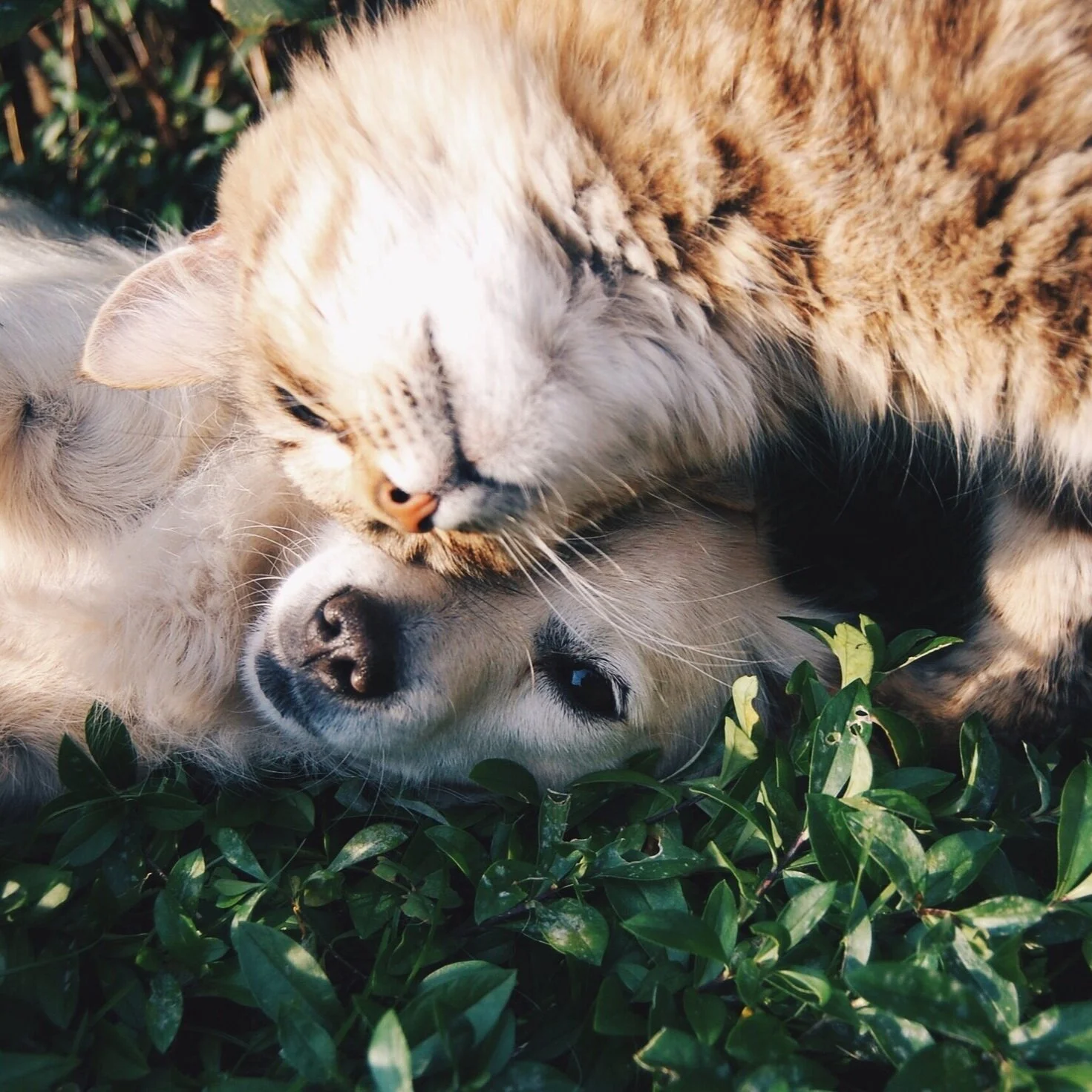My Dog Has Fleas!
All pet owners have to deal with the problem of fleas at some point in their pet’s lifetime. Fleas are external parasites that are not only annoying but can also be a potential health threat. They live on the skin and feed on the blood of their host. They don’t have wings, but can easily jump from one host to another.
How fleas arrive
Cats can also get fleas and will happily share them with the dog.
Dogs spend time outdoors and are likely to become a host through contact with other animals or with fleas in the environment. Fleas can also enter your home from visiting pets. The saliva of fleas cause itching, and if not attended on time, a flea infestation can trigger bacterial infections and cause serious skin reactions. Fleas thrive in moist, humid and shady areas such as the grass in your yard.
How do I know my dog has fleas?
Fleas can be found on the abdomen, base of the tail, and behind the ears, but can also be present anywhere on the dog. Some of the most common symptoms of fleas on dogs include:
Intense itching and licking of the skin
Sores in the skin
Hair loss
Redness
Tapeworms
Pale gums
Allergic dermatitis (an allergic reaction to the saliva of the flea)
Restlessness
If you found flea dirt on dog bedding or coat
Flea eggs in the fur
Severe infestation causes anemia
Scabs or hot spots
Eventually, an infestation of fleas will become a problem for a family when their furniture and carpeting becomes infested.
Flea prevention
The most effective and easy way to deal with fleas is prevention. It is always cheaper and easier than treatment. An infestation is an inconvenience and expense. Some of the standard flea prevention measures are:
Wash the bedding frequently and use a flea comb on your dog.
Frequent vacuuming of carpets, furniture, outdoor kennels, and other areas where the dog spends most of the time.
There are several medications (pills, shampoos, and medicated powders) that can help prevent flea infestations. You can consult your veterinarian about the most suitable product for your pet.
Keep your outdoors clean of garbage.
Check your pet frequently for fleas.
Use flea collars.
Visit your veterinarian regularly to make sure that there is no flea infestation on the dog.
Flea treatment
Fleas are both preventable and treatable. If you suspect a flea infestation in your home, a professional flea control treatment by a pest control service like Russell Pest Control will help you in making your property free from fleas. Over-the-counter for flea control will not always solve the root cause of the infestation. The residential pest control services have technicians trained in flea biology, their breeding habits, and the latest methods and equipment to keep them at bay. Our technician will thoroughly inspect and locate the affected areas as well as examine the extent of the problem. Also, we know the fleas in the area and know how to treat them.
Get monthly, bi-monthly, quarterly, bi-annually, and seasonal pest control services across Phoenix Valley with Russell Pest Control. We offer environmentally-friendly pest control solutions for fleas and ticks, mosquitoes and flies, rodents, mice, and rats, and weed control. Our team has all required state licenses and stay updated with all industry advancements. Connect with us for more information.

